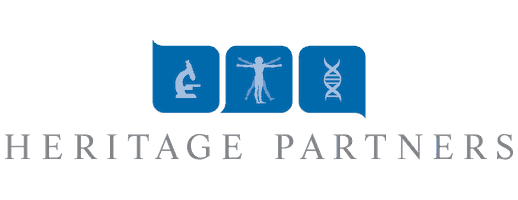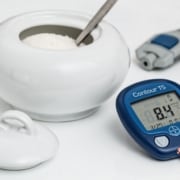Glucose Monitoring: Still on the Frontier of Innovation
”…To a large degree, medical care depends on a transfer of information.” †
There is almost no overnight success. That is why Alphabet subsidiary Verily’s cancelation of work on a glucose-sensing contact lens last fall shouldn’t be a large surprise…nor should it be viewed as the last word on the concept. The history of glucose monitoring is replete with fits and starts, and with some specular success. ‡
In 2002, Cygnus, Inc., launched The GlucoWatch – the first approved commercial transdermal continuous glucose monitor. The GlucoWatch failed to gain traction, however, because:
- There was no reimbursement for the device at the time;
- It was expensive;
- The technology was novel but not yet bullet-proof; and
- The data was interesting, but difficult to transmit, store, access, share, analyze and act on.
More recently, advances in glucose monitoring by companies including Dexcom and Medtronic/MiniMed have been life-changing for diabetes patients and their caregivers.
Verily’s project cancellation does point to some relevant truths:
- The management of complex diseases depends on timely and accurate information;
- Collecting, transmitting, recording, analyzing and acting on clinical data is intolerant of failure;
- Despite of the urgency for a better solution, all the links in the solution set must work in concert and “the fleet sails no faster than the slowest ship”; and perhaps most significantly,
- It was an initiative by an information company.
Things to be considered in glucose monitoring go well beyond new detection technology. For the entire generation of new physiological wearables – including new glucose monitors – to be both useful and competitive, they will need to be information-driven and include:
- Seamless and user-friendly data collection, transmission, aggregation and analysis methodologies;
- Integration into existing and evolving medical information systems;
- integration into the dominant next-gen smart phone and home-assistant tech;
- Clinically relevant, actionable information presentation;
- Relevance to the payers, other interested third parties and population health;
- Data security and data access; and
- Synergistic data-driven alliances with the relevant device and pharma companies.
Better, cheaper, faster glucose measurement technology will always be welcomed; but in the end it’s all about the data.
Charlie Grebenstein
_____________________
† Johns Hopkins’ Barbara Starfield, M.D. from Primary Care: Concept, Evaluation and Policy in 1992
‡Heritage Partners has published a “A History of Digital Healthcare” (http://bit.ly/2u9AIoI) that incorporates advances in glucose monitoring as an allegorical representation of the historical integration of technology and clinical medicine.





Leave a Reply
Want to join the discussion?Feel free to contribute!